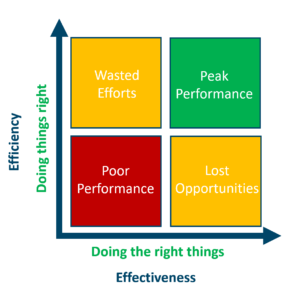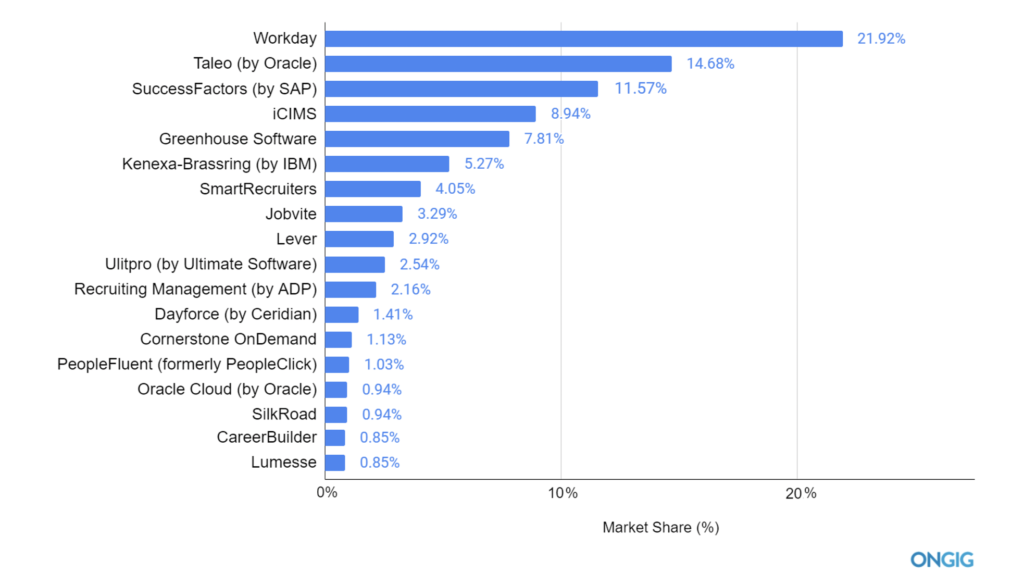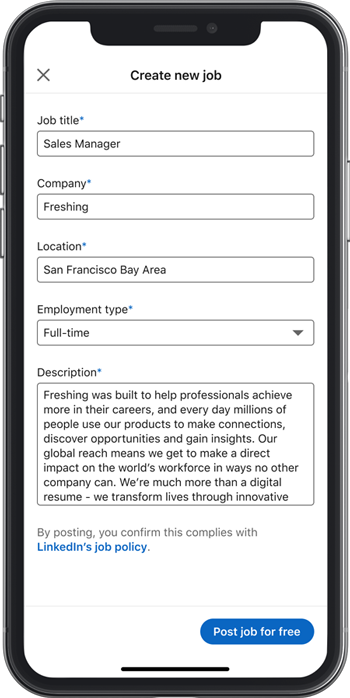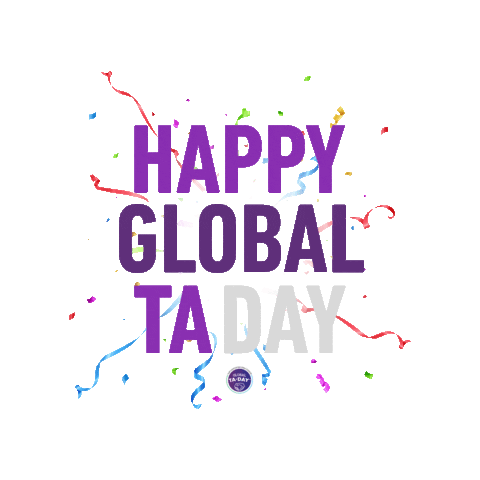I love workforce data and you love workforce data, so I’m super excited to share my breakdown of iCIMS’s latest report on the 2021 Workforce. Of course, we anticipate there will be a ton around remote workers and virtual hiring, and we can also anticipate the level of focus on DEI hiring and culture initiatives are only going to increase in 2021.
Let’s breakdown the iCIMS 2021 Workforce Report:
– iCIMS hiring data seems to point to a moderate economic recovery when you look at the overall job postings, hiring activity, and employer sentiment to hire more in 2021 with 91% of employers stating they will be hiring in 2021. That’s a big number!
– Recruiting tech stacks are evolving in 2021 in a big way to accommodate the ongoing trend of being able to hire virtually. 97% of organizations stating they will invest in virtual interview technology. That’s a lot of video interviewing tech buys! And, online assessment buys! Probably some video job posting buys as well.
– Gig hiring isn’t going away anytime soon, in fact, it’s growing internally. 60% of organizations are relying on contingent labor to help meet workforce needs, which tends to go in the opposite direction of the economy. Meaning, as the economy weakens, we usually see growth in contingent as organizations get nervous about the future. In strong economies, we less growth in contingent. Also, organizations are posting more and more internal gigs for their own staff as development opportunities.
– 84% of organizations are concerned that their current strategies and tools are not reaching diverse and inclusive pools of talent. Hmmm…should be an excellent opportunity for sourcing and recruiting technology that states they can reach DEI talent, but be careful. Most of those tools, just reach back into the same pools you have already been trying to get talent. DEI recruiting starts and ends with real recruiting and outreach, professional apprentice programs, paid internships for DEI talent, employee advocacy programs, etc. There is no magic technology that will pull DEI talent out of a hat. Most fail at DEI recruiting because they keep doing the exact same thing they’ve always done, but added a picture of a person of color to the job posting.
– Probably one of the most overlooked tech items of 2020 from a recruiting standpoint. Internal collaboration tools like Teams and Slack had massive increases in usage. Recruiting teams that can figure out how to leverage these tools best, will have a distinct advantage at leveraging their employees to help them recruit better and faster. 90% of organizations started using these tools over the past year!
– Finally, 2.7 million candidates applied to jobs via Text Messaging in 2020, and that number is increasing every single month moving forward. Anytime I present and mention utilizing text messaging in recruiting it always gets more questions than anything else! Applying via text, communicating with candidates via text, is the new norm, not innovation. If you’re not doing it as a recruiter, you should be fired.
Go download the report, it’s packed with great information and data around how organizations of all sizes are moving forward with their recruiting technology and strategies.




